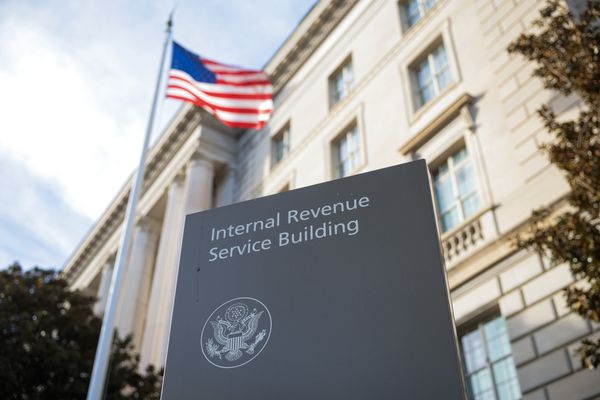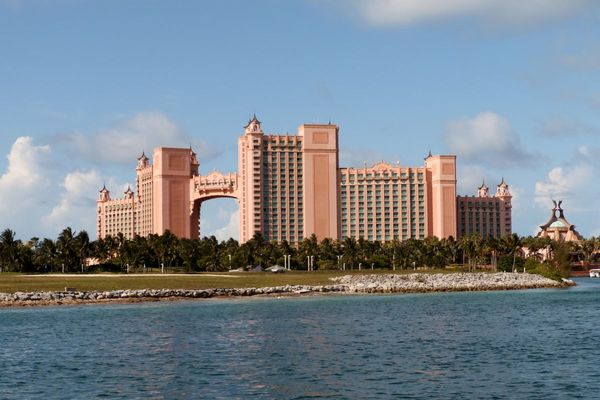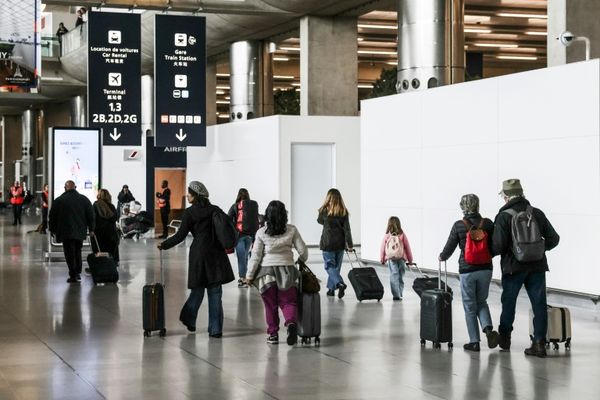
Mayor Lori Lightfoot has apparently given NASCAR the green flag to hold three straight years of stock-car races through the streets of downtown Chicago — if she wins a second term.
The Athletic, a website devoted to sports coverage, disclosed the apparent agreement between the Lightfoot administration and NASCAR with no mention of the specific route.
No final contract has been signed, but it’s expected to be in time for a formal announcement later this month, according to the Athletic, quoting a letter signed by Erin Harkey, commissioner or Chicago’s Department of Cultural Affairs and Special Events.
“Chicago is incredibly enthusiastic about the opportunity to serve as host of the 2023, 2024 and 2025 NASCAR Chicago Street Course events and we stand ready to welcome NASCAR fans to our world class city,” the Athletic quotes Harkey as stating in the letter to Ben Kennedy, NASCAR’s senior vice-president of racing and development strategy.
Kennedy’s great grandfather, Bill France Sr., founded NASCAR.
Harkey wrote she was “thrilled about the potential opportunity to host the NASCAR Street Course events” in Chicago. She called it a “historic partnership” between City Hall and NASCAR and said her department is “committed to collaborating and supporting NASCAR to execute the events in a safe and secure manner.”
Noting that the Department of Cultural Affairs and Special Events is “dedicated to enriching Chicago’s artistic vitality and cultural vibrancy,” Harkey added: “Our strong partnership with the Chicago Sports Commission ensures that NASCAR fans would be treated to a diverse and unforgettable experience.”
The mayor’s office had no immediate comment on the letter. Harkey could not be reached. Neither could Kennedy.
The proposal to stage three years of NASCAR races through the streets of downtown Chicago is a high-risk, high-reward proposition for Lightfoot. It could boost tourism and hotel occupancy and showcase Chicago’s world class lakefront.
It also could inconvenience and infuriate local residents and exacerbate Chicago’s ongoing struggle with illegal drag racing, stunt driving and drifting.
That’s what worries downtown Ald. Brian Hopkins (2nd). He fears a city-sanctioned race would “egg on” participants in a sub-culture that thrives on becoming celebrities by posting daredevil stunts on social media.
“We don’t seem to have the ability to stop it at the moment. To feed into that by allowing a sanctioned road-racing event at the moment that the unsanctioned ones are really causing problems — I just don’t think it’s the right time for that,” Hopkins said Thursday.
“I know the people behind it are professionals. They’re not like renegade criminals out there tearing up Wacker Drive. But it feeds into that whole culture and adds a level of hypocrisy to our efforts to crack down. We would be saying, ‘This is what we like. Let these guys do it because they’re professionals but the unprofessional guys — we’re gonna try to send them to jail for doing basically the same thing.’”
Though it would be the first time an actual NASCAR race was held on city streets, Chicago was the setting for a series of virtual NASCAR races last year. The eNASCAR iRacing Pro Invitational Series featured some of the sports most high-profile drivers on a virtual course that had them speeding down DuSable Lake Shore Drive past Buckingham Fountain and Grant Park.
It was a lot like the course envisioned in 1980, when Chicago Mayor Jane Byrne stood beside Roger Penske, Patrick Tambay and other championship race car owners and drivers and proudly announced a Chicago Grand Prix race would run through the streets of Chicago over the Fourth of July weekend in 1981.
Byrne chose a 2.7-mile course that swept down Lake Shore Drive past Buckingham Fountain and the Adler Planetarium, around the Field Museum and continued on Columbus Drive back to Jackson Boulevard.
Ever the show-woman, Byrne got into a few of the race cars on display and took off for a ride to Buckingham Fountain with a police escort leading the way.
The political backlash was nearly as fast and furious as the race would have been — so much so that the proposed Chicago Grand Prix was scrapped long before it could begin.
Chicago Sun-Times columnist Mike Royko led the charge in ridiculing the idea. He was joined by the heads of Chicago’s lakefront museums and by advocates for Chicago parks. They complained about the potential loss of business and about the inconvenience for Chicago residents and visitors.
In disclosing the apparent NASCAR agreement, the Athletic noted the three-year plan for stock-car races though the streets of downtown Chicago would align with Kennedy’s strategy of using “big events in major markets” to boost “fan interest” and eliminate the monotony of “tracks hosting multiple events.”
Already, Kennedy’s transformative vision includes an exhibition inside the famed Memorial Coliseum in Los Angeles; a dirt race at Bristol Motor Speedway; and races at speedways in Nashville, Tennessee and Austin, Texas.







